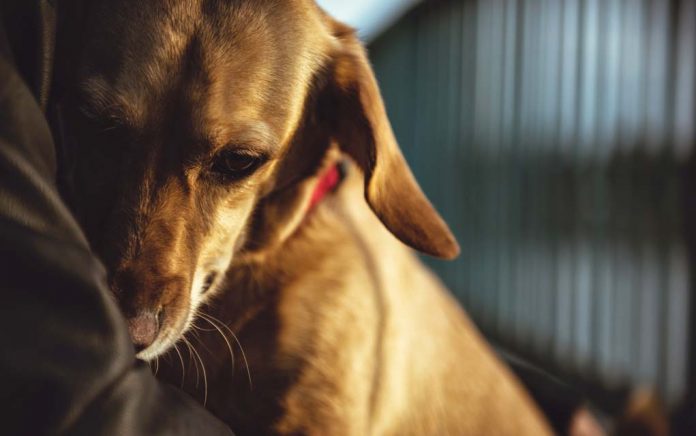
When it comes to sending a favorite furry friend off into the grand beyond, cremation is the most common practice, but a natural home burial is also commonplace – for those with yards.
If this is the option that works for you, you may want to check in with any local ordinances that may prohibit this if you plan on interring anything larger than a hamster, canary or goldfish. To guard against any possible diseases always use extreme caution when handling animal remains whether or not your pet had been ill. Use universal precautions to reduce exposure to disease, ticks, mosquitoes, and fleas.
Some tips on handling a deceased pet’s remains:
- Wear protective clothing
- Avoid eating and drinking near or while handling remains.
- Wear disposable rubber or plastic gloves while handling remains.
- Wear a protective mask to prevent the inhalation of fungal spores.
- All clothing worn while handling remains should be scrubbed with soap, detergent, or bleach.
- Safely dispose disposable by double bagging soiled items in labeled outdoor garbage bags.
It is perhaps a good idea to wait 3 hours before burial if your pet has just died. Rigor mortis usually sets in within 3 hours and stays with for a number of days. However, this is much more obvious in mammals than in reptiles. A motionless snake could just be sleeping after a large meal.
If you catch the body during the time just after death, you will be able to pose or arrange the body in compact or restful position that will be set for a number of days after. Bathing the body in warm water and massaging the muscles can loosen up some of the muscles, allowing some repositioning.
Read more: Forest Burials Help Conserve Ecosystems
Some families opt to bury their pet at a cemetery designated specifically just for pets. A good thing to keep in mind is that many cemeteries restrict burial to the summer months because the ground is too hard to dig during the winter or in the snow. However, pet burial is far shallower than requirements for human burial, so there should not be issues that arise from your backyard interment.
Over the years, burials at pet cemeteries have become more socially accepted as they model themselves, in large part, on human cemeteries and attend to maintenance, landscaping and supportive services.
Pet Cemeteries and Burial Grounds
1. Hybrid cemetery: a portion of the cemetery is a conventional mixed-media cemetery, with another section dedicated to green burials (i.e., interment in certified eco-friendly container or shroud). Without a dedicated section, there is little appeal for those seeking a more natural burial.
2. Low-impact cemetery: the entire cemetery has a policy of only using eco-friendly containers or shrouds in a park-like setting. Additionally, the cemetery adopts a program of Integrated Pest Management (IPM). Above the surface, these cemeteries may appear to look like traditional cemeteries or memorial parks.
3. Natural burial ground: same as a Low-impact Cemetery but in a more natural environment (e.g., little landscaping, no irrigation, modest or no markers). This cemetery provides a more naturalistic experience.
4. Conservation burial ground/wildlife sanctuary: a natural environment regulated in partnership with a nonprofit conservation organization or government agency. Such lands provide havens for native wildlife (important to any lover of animals!) and encourage natural flora to become reestablished. Depending on the condition of the land, as well as local wildlife populations, the preserve may require reconstruction activities. This may involve human-made structures such as those that provide shelter, facilitate breeding, or serve as feeding stations. If such structures are to be permanent, they may also serve as markers for particular graves.
Read more: Scattering Ashes: Safe for the Environment?
Memorial Displays
Ask kids to find objects around the yard to decorate the grave. Provide each child with a collection bag and ask them to collect – shells, flowers, feathers, bark, acorns, leaves, twigs, stones, berries, and keepsake objects such as leashes, collars, and even pictures or drawings made in honor of your pet. Touching, smelling, and assembling a memorial display of their own in honor of a dear friend teaches a respect for the dead and the family grave site reaffirms the importance their loss to the family as a whole.




